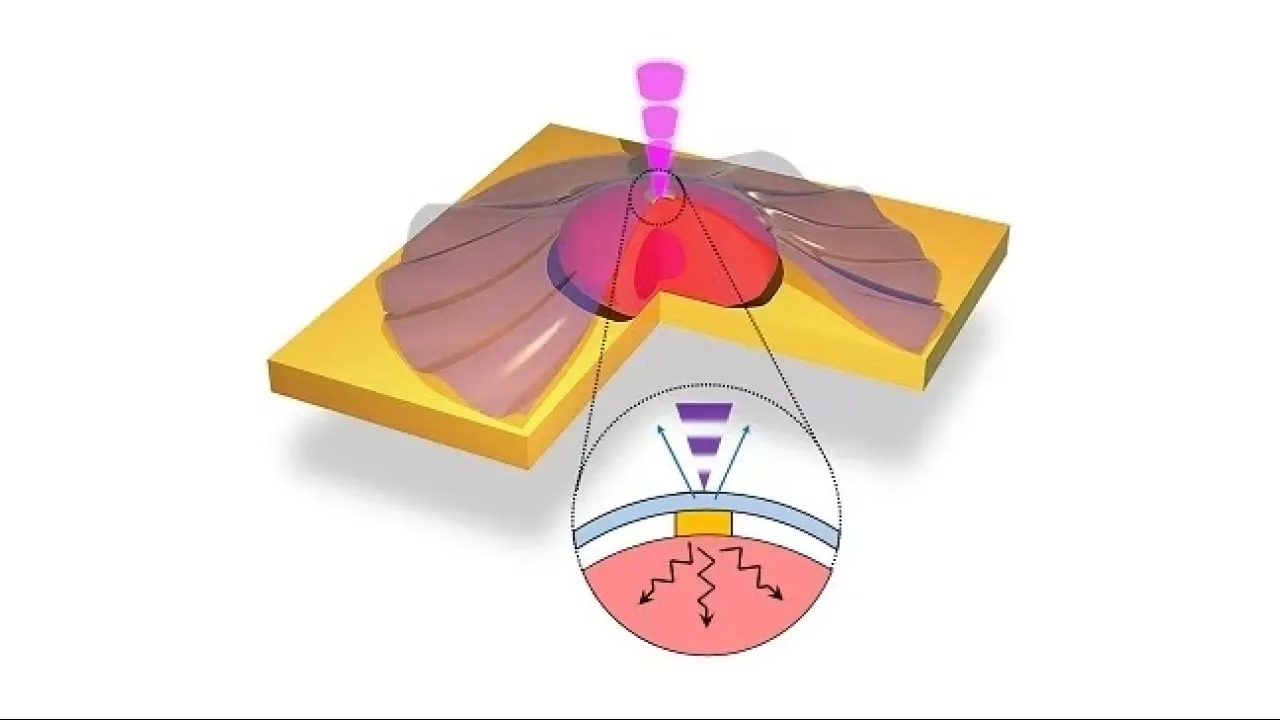
Feeling the heat in cells
New nano-sized sensors provide unprecedented data on how heat diffuses in and out of living cells.
About
Tiny flat sensors that stick to the surface of living cells can provide detailed measurements of heat transfer at the cell surface. Developed at KAUST, these new sensors resolve some of the practical challenges of working with these tiny cells as well as enable novel diagnostic techniques.
Professor Boon Ooi, his Ph.D. student Rami Elafandy and co-workers developed these sensor devices from gallium nitride nanomembranes that are just 40 nanometers thick. They also show that the sensors can identify different types of cancer cells.
ElAfandy explains that optical, mechanical and electrical properties of living cells have been extensively studied and yet there is little data of their thermal properties, mainly because of the challenges of working with tiny cell volumes and irregular cellular shapes.
“Cells have irregular curved contours, meaning it’s difficult to have a firm contact with them without damaging their membranes,” said ElAfandy. “We utilized the high flexibility of nanomembranes to follow the cellular contours and minimize any temperature drops within the cell-sensor interface that would yield errors.”
Read the full article
